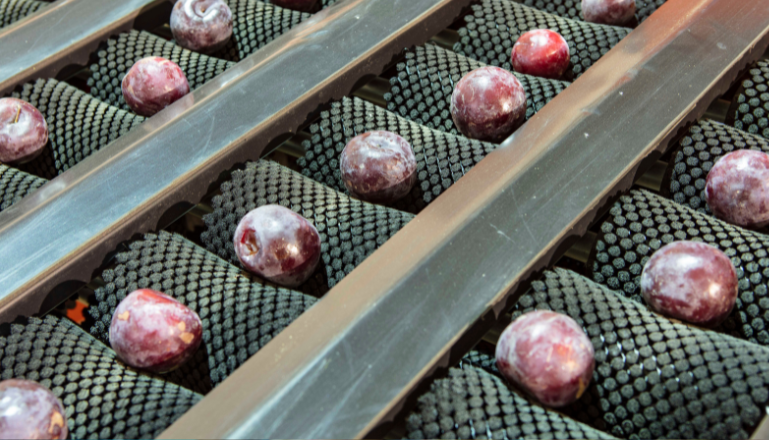
Intelligent Fruit Sorting Systems: Global Standards and Smart Grading Technology
Why Is Fruit Sorting So Important?
Fruit sorting is a key process in the fresh produce sector, as it ensures that products meet commercial quality standards, international regulations, and specific market requirements. Proper fruit grading enhances product presentation, facilitates export, and ensures full traceability from the field to the consumer.
In today’s global and competitive environment, having intelligent fruit sorting systems that are accurate and efficient makes all the difference when accessing high-demand markets.
In this context, AI-powered solutions like IngiGrader provide an advanced way to automate grading, adapt to international standards, and boost both quality and productivity.
Main Grading Systems by Regio
European Union
The EU regulates fruit grading through specific marketing standards, such as Implementing Regulation (EU) No 543/2011, which defines criteria like:
- Size
- Colour
- Ripeness level
- Absence of external defects
European countries must align their grading systems with EU regulations to ensure product quality in both internal and export markets.
United States
The USDA (United States Department of Agriculture) applies its own grading system, based on categories like Grade A, Fancy, etc. It focuses on:
- Uniform size
- Visual appearance
- Permitted defect levels
Traceability and compliance are essential for both domestic distribution and international trade.
Asia (China, Japan, South Korea)
Asian countries have their own national standards for fresh produce classification. In recent years, AI fruit grading systems have grown especially in Japan and South Korea, where key factors include:
- Uniform sizing
- Attractive visual presentation
- Process automation
Latin America
Export-oriented Latin American countries usually align their grading systems with EU and US standards while also considering national criteria. Their challenge lies in balancing:
- Destination market demands
- Local regulations
- Process efficiency
Common Fruit Grading Parameters
Regardless of region, most regulations agree on several core parameters:
- Diameter
- Weight
- Colour
- Shape
- Firmness
Advanced systems also detect defects such as spots, mechanical damage, or signs of rot. The use of integrated cameras and sensors leads to more accurate and consistent grading.
How AI Is Transforming Fruit Grading Systems
The integration of artificial intelligence in fruit grading has revolutionized the produce industry. Major benefits include:
- Higher accuracy and faster results
- Reduction of human error
- Dynamic adjustment to different grading rules
- Improved traceability and reporting
👉 IngiGrader, developed by IngiVision, is a software solution that enables automated fruit sorting using computer vision. It optimizes processes and ensures consistent results—even with high production volumes.
Adapting to Global Standards With AI Grading Software
One of the biggest strengths of AI-powered grading software is its ability to configure settings based on the destination market. This allows exporters and producers to:
- Comply with different international standards
- Adjust grading criteria without changing hardware
- Gain competitiveness in demanding markets
Thanks to this flexibility, companies can quickly adapt to customer and regulatory needs around the world.
The Future of Fruit Sorting Is Intelligent
In a highly globalized and competitive market, fruit grading systems must go beyond simple visual checks: they need to be smart, accurate, and adaptable. Solutions like IngiGrader are reshaping how we define and manage fruit quality.
Investing in intelligent systems today is not just about innovation—it’s about staying relevant, compliant, and successful in the long run.

 Spanish
Spanish


